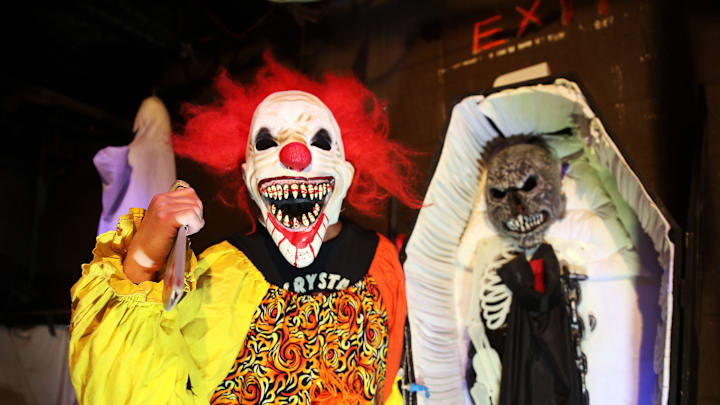Fears and phobias can seemingly be hardwired into us as a protective mechanism, from flinching at fire to backing away from a snake. But coulrophobia, or a fear of clowns, is different. Why be fearful of a character designed to spread joy and mirth? Why does the antagonist of It, Stephen King’s landmark novel, take the form of a clown to terrify the children of Derry, Maine?
A study published in Frontiers in Psychology may help explain it. Researchers at the University of South Wales polled 528 people who expressed a fear of clowns or clowning in an attempt to drill down into the source of their apprehension.
After tallying the results, the team was able to identify some pervasive reasoning behind the phobia. One key factor is the lack of information a clown can communicate about their thought process. Their make-up, while expressive, is like a mask and can obfuscate their intentions.
“There’s something about not being able to read facial expressions,” lead author and psychology professor Philip John Tyson told The Washington Post. “And the fact that there might be something hidden and dangerous, there might be harmful intent behind the makeup.”
That makeup, which often consists of white paint and a red mouth, can also infer pallor and disease, as though the clown might be carrying a contagious illness.
Another upsetting factor is a clown’s unpredictability: Clowns will do anything for a laugh, and that inscrutability can be unnerving for people.
Respondents also cited the not-quite-human look of a clown as well as their depictions in popular culture, though the latter seems to be more a reflection of coulrophobia than a cause. And only rarely did people cite a first-hand negative experience with a clown as the source of the problem.
Ultimately, people appear to frown at clowns because their cheerful disposition can mask something sinister. Of course, the same is true for just about any human. Clowns, however, seem to have mastered the art of bringing that fear to the surface.
